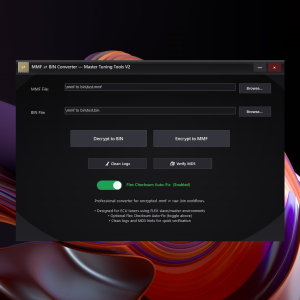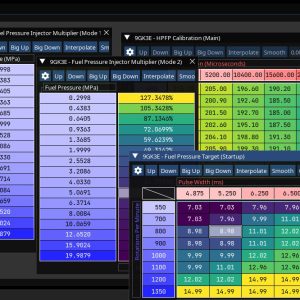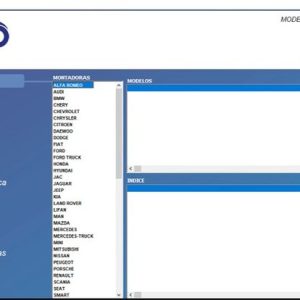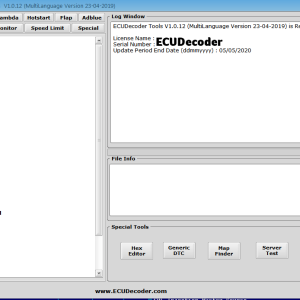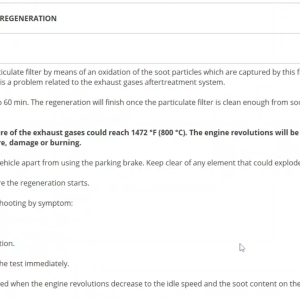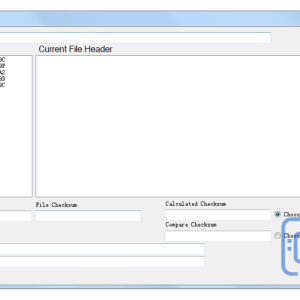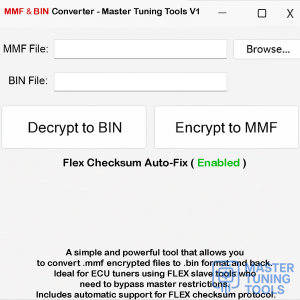Understanding Stage 2 Tuning
Stage 2 tuning is a crucial step in the performance tuning hierarchy, typically following Stage 1. While Stage 1 tuning focuses on software adjustments to optimize engine performance using stock components, Stage 2 involves both software remapping and hardware modifications.
Key Components of Stage 2 Tuning 🔧
- ECU Remapping: Adjusting fuel maps, ignition timing, and boost pressure for optimal performance.
- Upgraded Exhaust System: Replacing the stock exhaust with a high-flow system to reduce back pressure and improve exhaust flow.
- Intake Modifications: Installing a performance air intake to increase airflow to the engine.
- Intercooler Upgrade: Enhancing cooling efficiency to prevent heat soak and maintain performance during extended use.
Benefits of Stage 2 Tuning 🚗
- ➡️ Increased Horsepower: Expect significant gains in horsepower, typically between 20-50% depending on the vehicle and modifications.
- ➡️ Enhanced Torque: Improved torque delivery allows for better acceleration and responsiveness.
- ➡️ Improved Throttle Response: Optimized maps lead to a more immediate power delivery.
Considerations Before Stage 2 Tuning ⚠️
- ✅ Compatibility: Ensure that your vehicle’s engine and transmission can handle the increased performance without risking damage.
- ✅ Quality Parts: Use reputable brands for upgrades to avoid reliability issues.
- ❌ Warranty Concerns: Be aware that modifications may void manufacturer warranties.
Real-World Examples of Stage 2 Tuning
Many tuners have reported impressive results after implementing Stage 2 tuning on popular platforms. For instance:
- Volkswagen GTI: Upgrading to a performance exhaust and remapping the ECU can yield up to 300 hp from a stock 220 hp.
- Ford Mustang EcoBoost: With a Stage 2 tune, the vehicle can achieve around 350 hp, significantly enhancing its performance.
Tools for Stage 2 Tuning 🛠️
Utilizing the right diagnostic tools is essential for successful Stage 2 tuning:
- ➡️ ECU Flash Tools: Devices such as the KESSv2 or MPPS for remapping.
- ➡️ Diagnostic Scanners: Tools like VCDS or Forscan to monitor vehicle parameters and troubleshoot issues.
- ➡️ Dyno Testing: To measure performance gains accurately and make necessary adjustments.
Conclusion ✅
Stage 2 tuning represents an exciting opportunity for car enthusiasts and professionals to significantly enhance vehicle performance. By combining ECU remapping with hardware upgrades, tuners can unlock the full potential of their engines, leading to exhilarating driving experiences.

